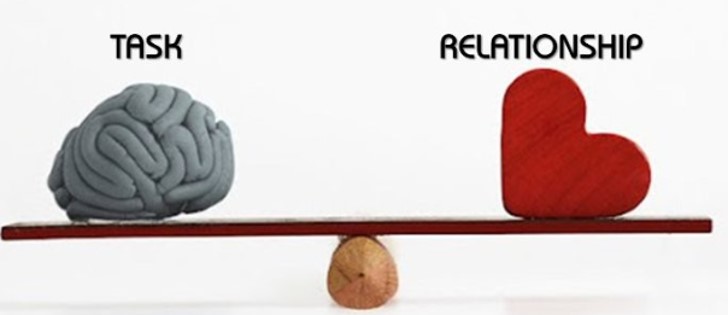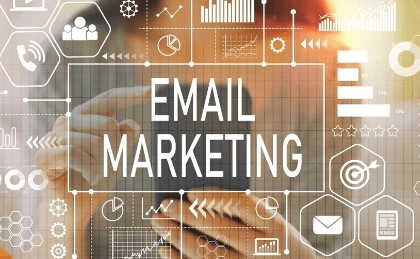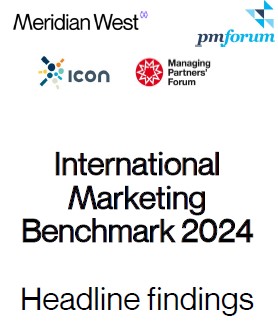A while ago I watched an excellent webinar from Hubspot http://www.hubspot.com/ featuring Dan Zarrella of “Science of social media” fame (I love his dismissal of vague advice as “unicorns and rainbows”). He demonstrated an incredible use of data to analyse every aspect of his online marketing and provided some interesting insights – particularly with regards to the design of online enquiry forms.
Conversion rate by traffic source
He started by defining a lead as “contact information given by a potential customer in exchange for some offer”. He then provided a startling array of statistics. The first on conversion rate by traffic source – 1.3% paid traffic, .9% email, .9% social media (he indicated this was Twitter as “People hate being marketed to on Facebook – there are too many scammy things”), .7% referrals and .6 organic search.
Offers
He talked about the need for the advantages of the offer to outweigh any concerns about privacy and the hassle of potential sales calls. The strongest offers (in order) he indicated were: downloadable kit, free trials, ebooks, live webinars, recorded videos, White Papers and demo consultation. He indicated a gender difference too – men prefer downloads, women prefer experiential offers.
Content and key words
Conversion rates differ by landing page. The highest rates (in order) were for: webinars, White Papers, downloads, chapters, tools and reports. Those mentioning content offers had the highest conversion rate.
The use of the word “free” led to a much higher conversion rate along with “contest” and “winner”. He indicated that it was best not to mention the word “contact”.
He also suggested avoiding the use of the word “age” – 15% conversion with it, 18% without. In terms of address – requesting the City was OK but there was a big decline when the street name was requested. He also said that conversion rates were better without the words “phone”, “call” and “submit”.
Form fields
He indicated that people considered the context of requested information (Why are they requesting each data item?) and the relevance to the offer. The conversion rate by the number of fields in the contact form were as follows:
1 16%
2 17%
3 25%
4 18%
5 22%
6 16%
It is interesting to note that the highest conversion rates were with three and five fields – contrary to the general belief that the less fields the better. He also explained that there was no real decline in the conversion rate until you reached 15 fields.
Click directions
In terms of preference, the most effective text to use to encourage people to click are: click here, Go, submit, download and register.
It was a brilliant demonstration of using the vast amounts of information available as well as the ability to test, compare and refine digital marketing approaches to the nth degree. And an example to us all.









